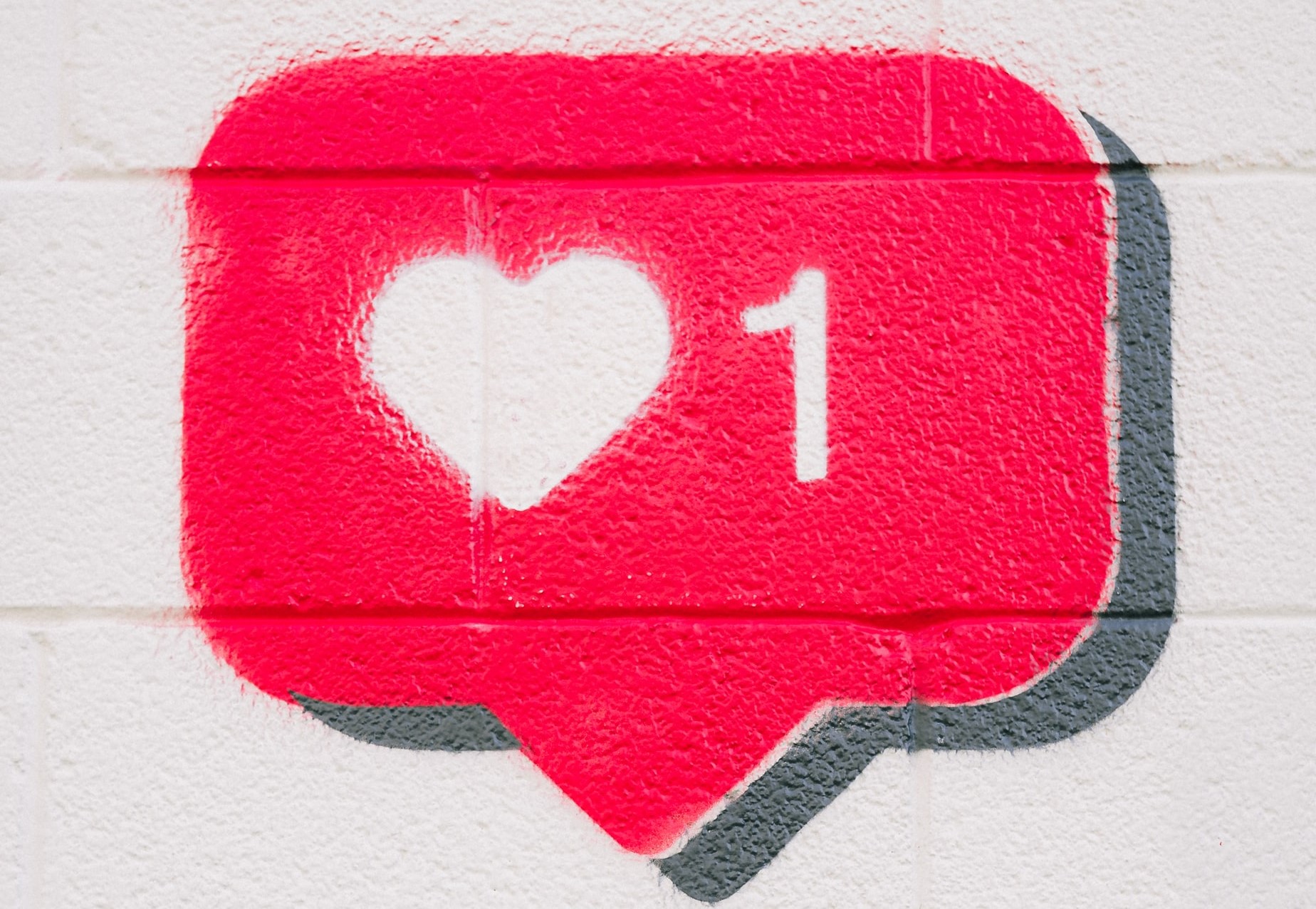Social networks have taken a major place in social selling strategies. For marketers, they are excellent communication tools, but their value also lies in the fact that they provide a wealth of data and statistics. This is a gold mine to know the true value of influencers and analyze the performance of a campaign. This is where the engagement rate comes into play.
Criteria related to interactions
This KPI (Key Performance Indicator) plays a major role in the influence sector because it will allow measuring a community’s engagement with an influencer’s publication, whether it is in partnership with a brand or not.
It should be noted that it is based primarily on the various interactions of publications on social networks. The main ones are likes, comments, and sharing.
The like, the first indicator of engagement, appeals to the user’s emotions and allows to identify if a post arouses a real interest. The comment, on the other hand, shows a higher level of emotion. Whether it is positive or negative, it shows an additional level of interaction, a closeness that is created. Sharing, finally, shows a very strong commitment: it shows that the Internet user validates the post and increases the diffusion of the message.
Of course, many other interactions are to be taken into account depending on the social network where the publication is posted. For example, on Instagram, the calculation of the engagement rate takes into account the saving of a post. On Snapchat, the screenshot is a key data.
Two types of engagement
Once the various interactions are identified, the engagement rate can then be calculated. Two types of calculations are possible.
First, you can choose to determine the simple engagement. Usually it is simply calculated by counting the total number of interactions on a post divided by the total audience of the influencer. This method of calculation is used for example in Instagram.
Then, you can switch to another calculation method to obtain the precise engagement. You will then take into account not the entire community of the influencer but rather the reach obtained on the post, knowing that the reach corresponds to the number of unique people reached, i.e. who have seen the publication appear on their feed. This calculation method is used for example for Youtube.





